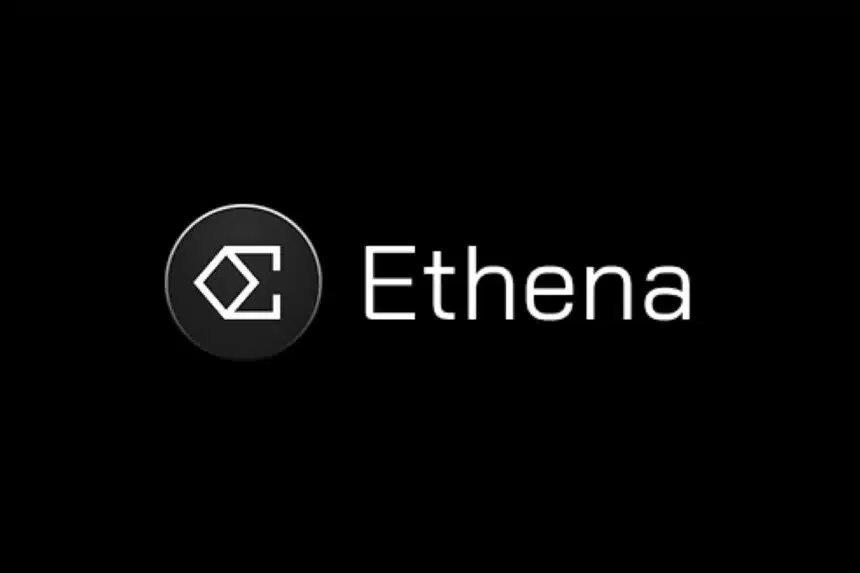- Ethena Labs is incorporating Bitcoin (BTC) to its existing Ethereum (ETH) holdings to strengthen USDe’s stability and potentially boost user yields.
- This strategy involves a “cash-and-carry” trade where Ethena buys Bitcoin while shorting Bitcoin futures contracts, aiming to profit from funding rates.
- The addition of Bitcoin is expected to improve USDe’s scalability and make it a “safer” product by diversifying its backing.
Ethena Labs, the platform behind the controversial USDe synthetic dollar, is making waves again with a strategic shift. They’ll now incorporate Bitcoin (BTC) alongside their existing Ethereum (ETH) holdings to bolster USDe’s stability and potentially increase user yields.
Supercharging USDe with Bitcoin
This move leverages a “cash-and-carry” trade strategy. Ethena will simultaneously buy Bitcoin and short Bitcoin futures contracts. While some criticize this approach, it has proven successful for USDe so far. The platform boasts a 37% annual yield (subject to change) for users holding USDe, achieved by shorting ETH futures and collecting funding rates.
The addition of Bitcoin offers several advantages. Firstly, it diversifies USDe’s backing, potentially making it a “safer” product. Secondly, Bitcoin’s larger and more liquid derivatives market allows for superior scalability of USDe issuance. Ethena estimates their capacity for issuing USDe increases over 2.5 times with Bitcoin in the mix.
How Does the Cash-and-Carry Trade Work?
Let’s break down the mechanics:
- Minting USDe: A user deposits $10 million worth of tether (USDT) to mint USDe.
- Acquiring Bitcoin: Ethena converts the USDT to Bitcoin.
- Hedging with Short Futures: To counter Bitcoin’s volatility, Ethena shorts $10 million worth of Bitcoin perpetual futures contracts.
- Balancing Price Movements: If Bitcoin’s price drops 20%, the losses from holding Bitcoin are offset by the gains from the short position, keeping USDe’s value pegged to $1.
- Generating Funding Yield: Shorting Bitcoin futures earns a funding rate, which is distributed as yield to USDe holders.
Also Read: DeFi Newcomer Ethena Attracts $300M with 27% Yield, But Questions Surround Risky Strategy
With over $2 billion in USDe already issued and user demand continuing to rise, Ethena’s strategy seems to be working. However, the long-term viability of this approach remains to be seen.





